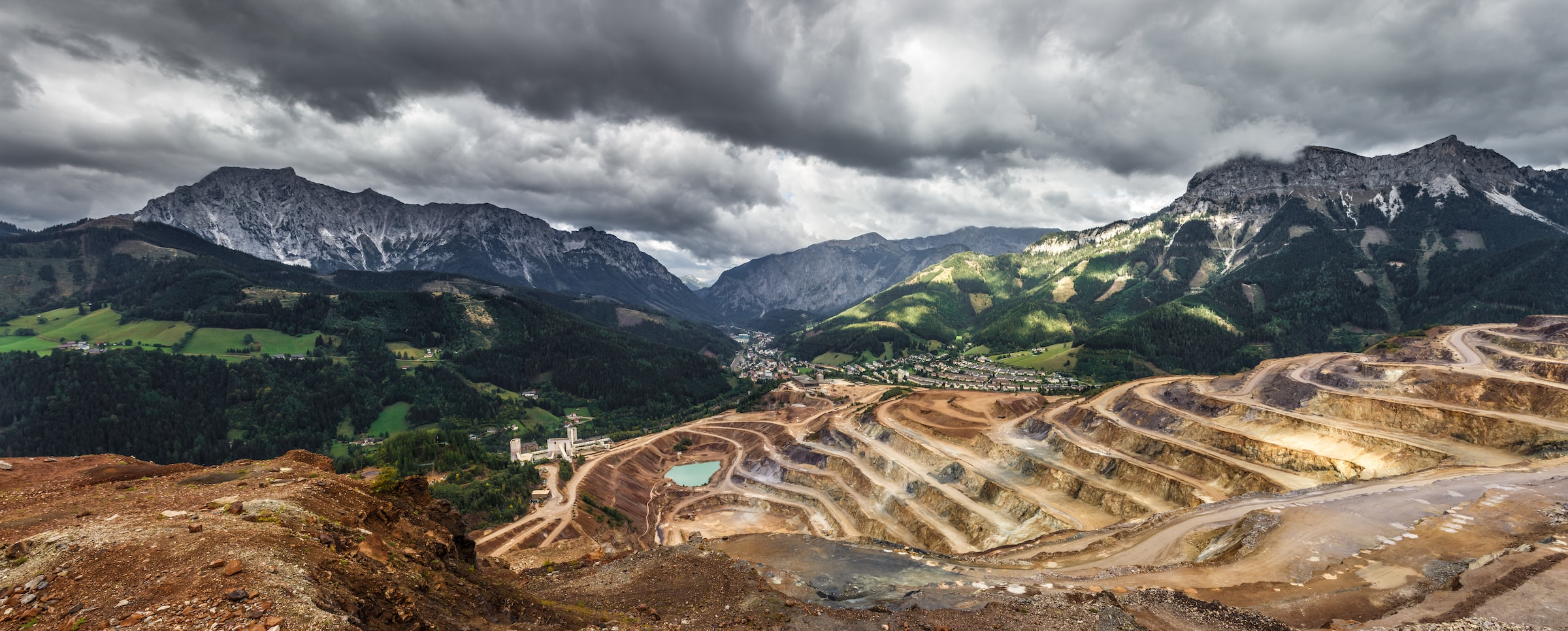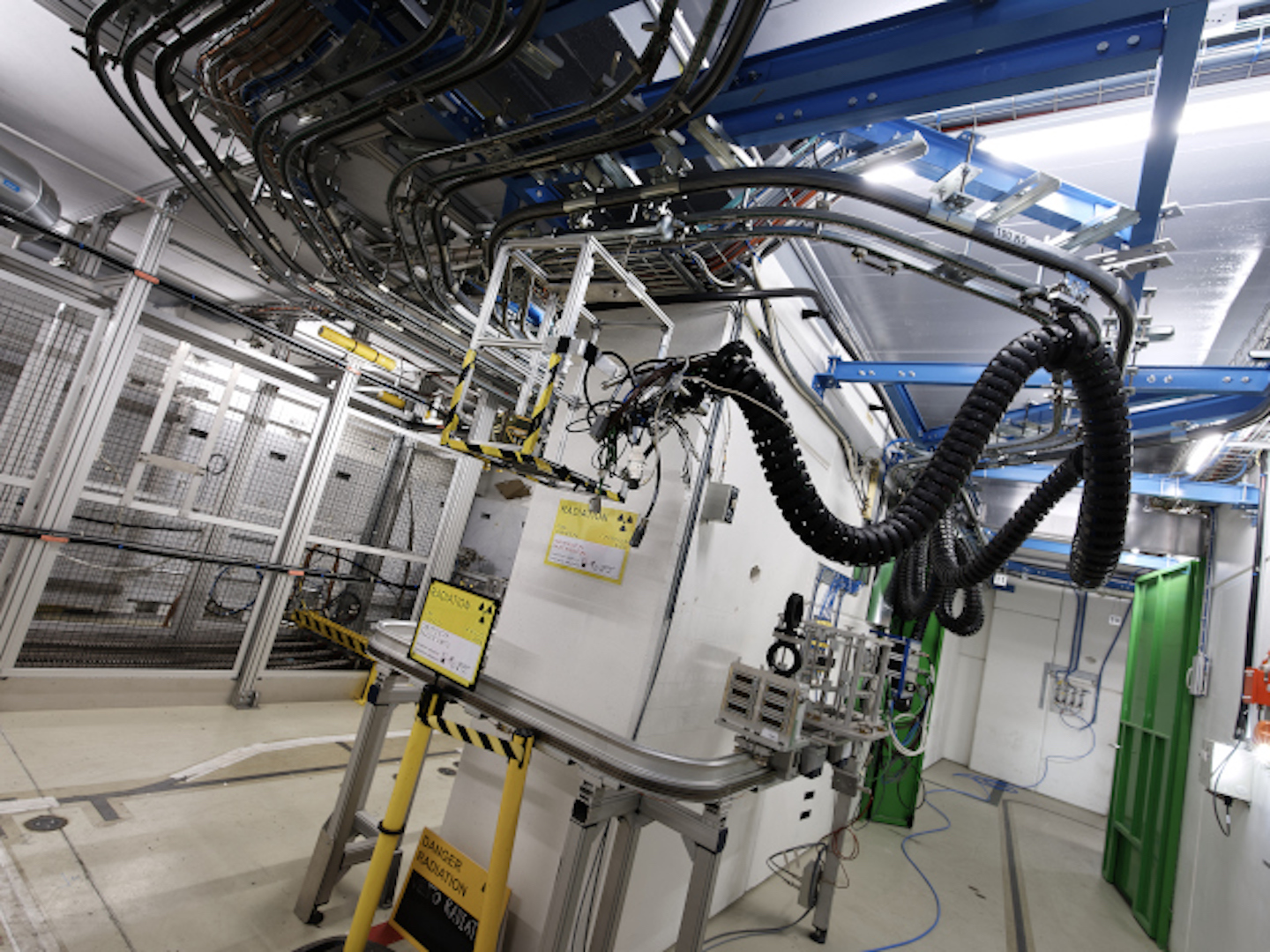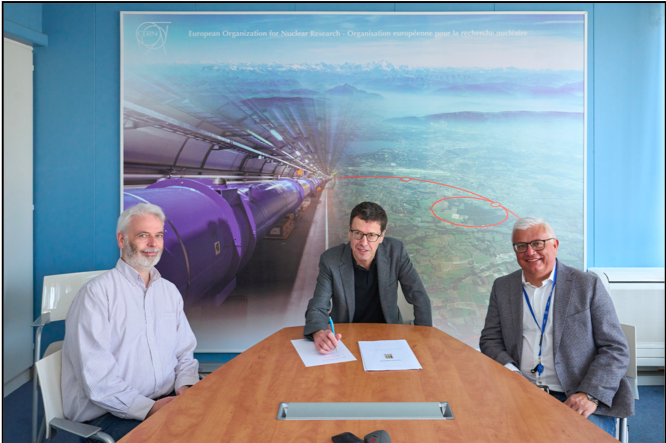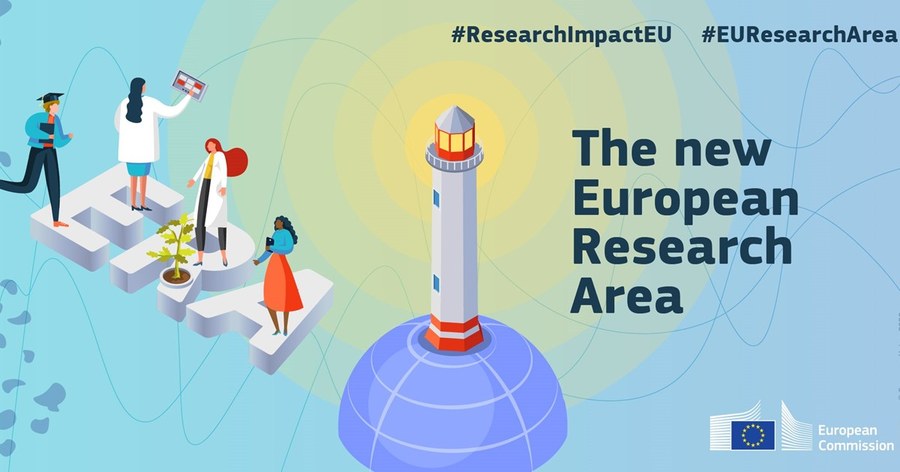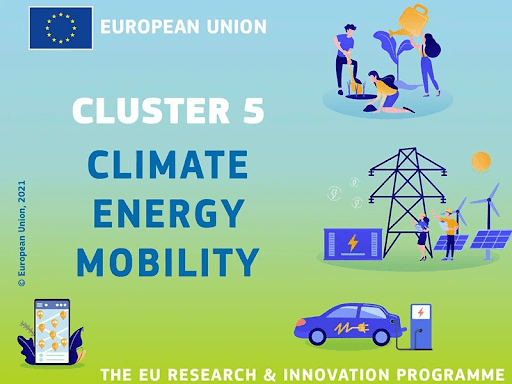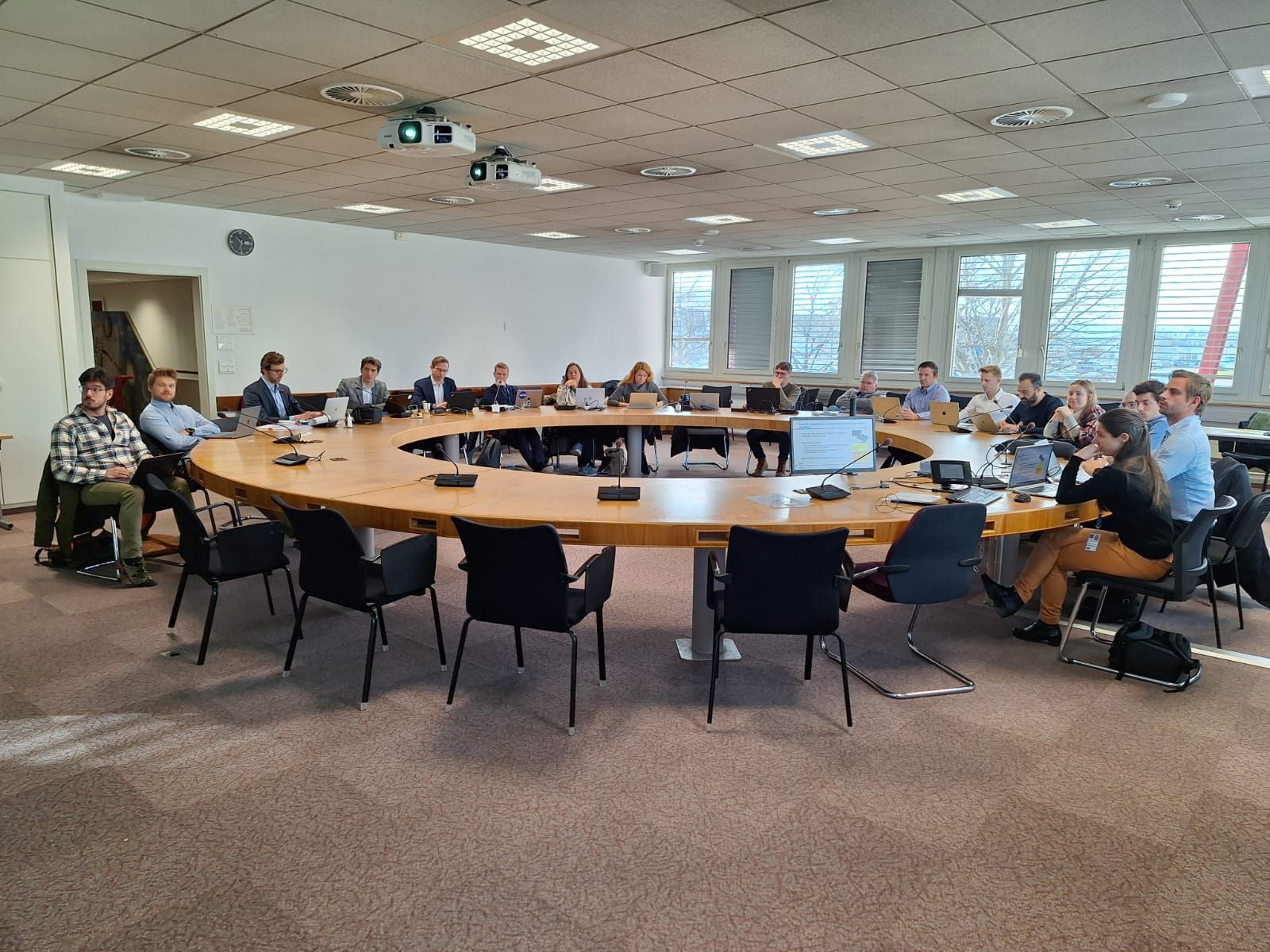
Funded under Horizon Europe, the HEARTS project, that aims at providing access to high-energy heavy ion radiation testing facilities for space exploitation and space exploration, held its first annual meeting at beginning of February 2024. In a hybrid format, the meeting was attended by representatives from the five beneficiaries, the European Commission and two external expert reviewers. HEARTS also welcomed a new member, Cosylab, who joined the project thanks to the Hop-On Facility programme.
The meeting covered various topics related to HEARTS’ ongoing and future activities, such as the upgrade of the HEARTS@CERN facility, the development and characterization plans of GSI’s Galactic Cosmic Ray simulator, and the collaboration with other international partners. In an introductory talk, Markus Brugger, leader of the Experimental Areas group at CERN, and former CERN R2E project leader, went back to the history of radiation to electronics tests at CERN, from the first ideas at the beginning of the century to the construction of a dedicated facility at CERN in the East Area, namely the CHARM mixed-field facility.
One of the highlights of the meeting was the presentation of the results of the heavy-ion campaign at CERN in October 2023, which demonstrated the suitability of the developed beams and related services for high-energy heavy ion testing, in accordance with the radiation effects user requirements. The campaign was a success, as the tests showed very promising results that will further prepare the facility and its beams in order to accommodate radiation effects users from October 2024.
Rubén García Alía, HEARTS Project Coordinator, expressed his satisfaction with the project’s achievements and praised the cooperation and dedication of all the members. He also welcomed Cosylab as a new project beneficiary and said he is looking forward to working with them on improving the user interface to the experiments. He said that HEARTS is a successful example of how European institutes, industry and academia can work together to boost Europe’s research infrastructure competitiveness, thus ensuring European strategic autonomy.
The annual meeting will be followed in a couple months by the Period 1 Report, which will summarise the activities and achievements in the past year and a half, as well as its plans and objectives for the next year.


